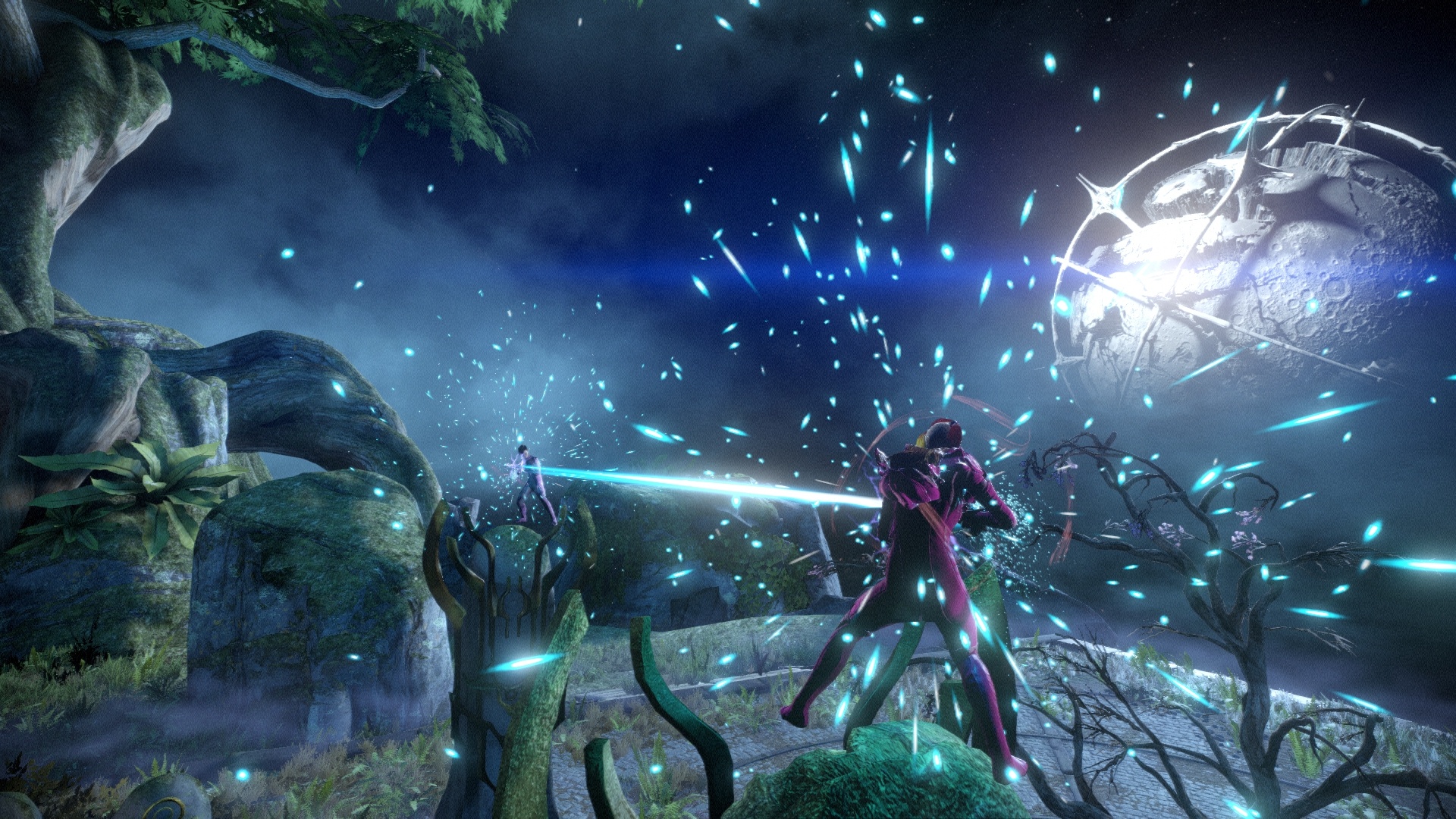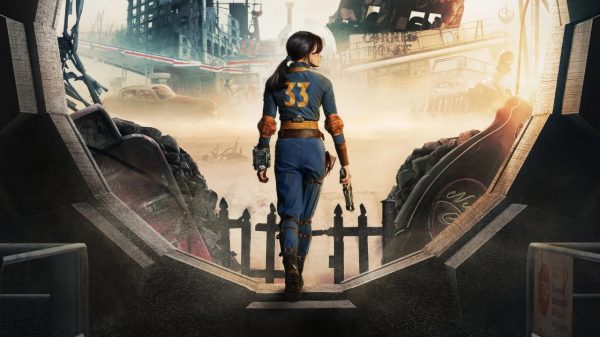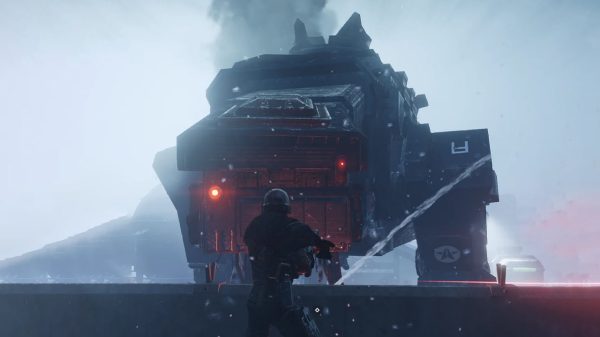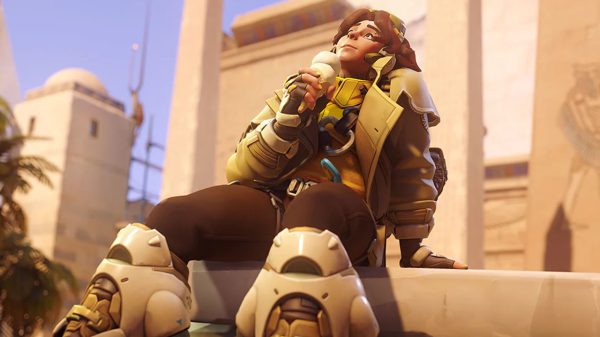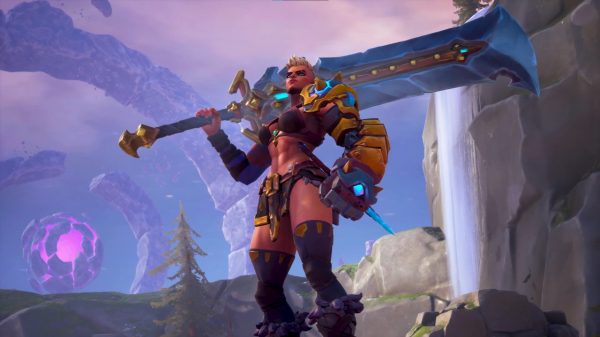It was over a year ago when I joined the PC gaming community and began my foray into the ‘master race’ of gaming (a term which when used unironically makes me want to bash my head against the wall). I initially started out with Hellblade: Senua’s Sacrifice and Destiny 2 as my main PC games, but after exhausting those experiences I found myself at a loss on what to play. Then along came Warframe. This was a game that I had been interested in trying out for a while, but I was always nervous about investing my time into it because I didn’t really have a group of friends that I could play it with. Thankfully, my group of friends that did play PC were also interested in giving Warframe a go. So, we decided one night to download the game and give it a go, and boy were we pleased with the results… that is after getting used to all the systems and ideas that the game tries to put forward without any form of communication or direction. Since Warframe has come out on the Nintendo Switch recently and the Fortuna update is almost on consoles, I figured now would be a good time to outline some things that will help new players become accustomed instead of being put off by the game’s high barrier of entry/steep learning curve.
Movement is your best friend
One of the hardest things to get used to in Warframe is the movement system. Comparing it to how current games go about player movement, Warframe is an outlier. Developer Digital Extremes have really shown off what they learned in their time working on Unreal Tournament, with an incredibly slick and fast-paced movement system. The game’s slogan is ‘Ninjas Play Free’, and it plays entirely into how unique the gameplay and movement in Warframe is. There are a few nuances to how the movement system works so newer players might find that they make come manoeuvres without knowing how to repeat said action.
So, to start off we have your basic walking and sprinting actions. These don’t seem out of the ordinary until you realise that this is the tip of the iceberg when it comes to movement. For people using a gamepad, pressing L1 (or the left shoulder button for your respective controller/platform) while still will allow you to crouch, pressing it whilst walking will make you perform a dodge roll and holding it whilst running will send you into a slide. It’s this last action that is imperative to wrapping your head around Warframe’s movement. When you enter the slide, you actually increase in momentum for a short while and slowly decrease as the game’s physics come into play. However, you can opt to jump whilst in this dodge which will propel your character forward via a leap and to further add to this, you can use a double jump to either continue sending your character forward or you can completely break your forward momentum and jump in a different direction. It feels strange at first, but once you get used to it, you can zip around the different stages and tilesets with ease. Moreover, if you look straight up or straight down while sliding you can send your character high into the air. It’s this last little action that really helps with some of the more complex jumping puzzles, and hard-to-reach places becomes just that little bit more accessible. For console players, I highly recommend putting your look sensitivity anywhere from 40-50 as this will really help with allowing you to quickly do this manoeuvre. PC players have it easier with a mouse and keyboard.
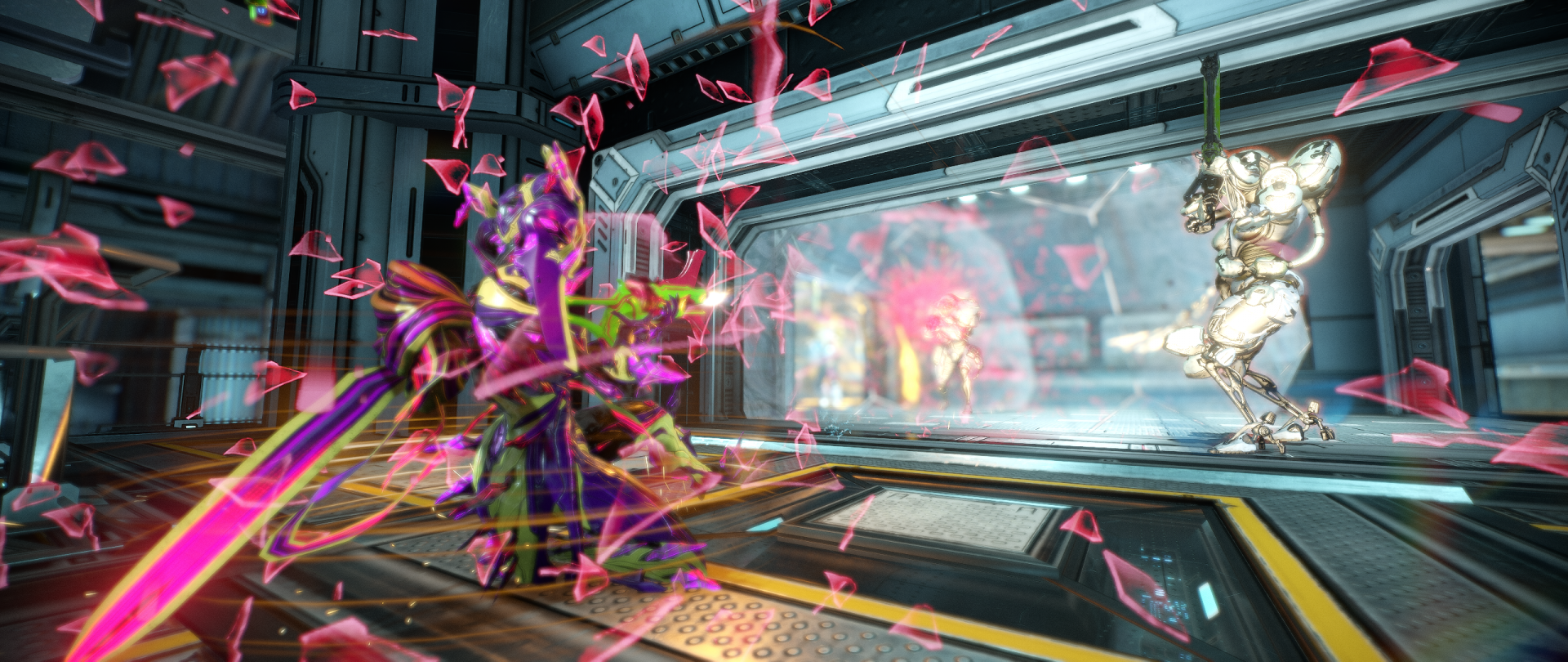
Feel my glassy wrath
Another thing that tends to throw people off is the fact that you can do wall jumps. I definitely recommend taking the time to get used to this as some of the later areas really rely on you being able to wall jump. The best part about successfully doing a wall jump is that both your slide and your double jump are reset, so, if they were exhausted already, you should be able to use them again. To add to this, if you scope down your weapon whilst you are in the air you will glide (much like Max Payne), and if you scope down whilst on a wall you will actually latch on to the wall for a small period of time. This is very helpful as it gives you a brief moment to survey the area and determine where to go next.
With some practice you will be able to master these movement mechanics in no time!
Each Warframe is designed differently, but it is up to you how they play
The easiest way to describe the difference in Warframes is to describe them as varied classes with distinct-but-not-required roles. You’ll start out choosing between three different Warframes: Excalibur, Mag and Volt. Now if you just fight using your weapons, the difference between the frames has more to do with their armour, health and shield stats. However, where the beauty of Warframe’s design in these classes lies is within their specific movesets. While I’d recommend Excalibur to start off with, you really cannot go wrong with any of these classes. If you prefer close-quarters combat, then Mag is your frame of choice. Mag has abilities that can rip shields and armour, pull enemies closer towards you and even just cause massive damage to numerous enemies at once. If you prefer distanced and defensive styles of play, Volt will be your best bet. Volt can shoot lightning at enemies, deploy a defensive shield which can also be picked up and shot through, go fast like Sanic and discharge electricity which causes paralysis as well as damage. If you like to do a bit of both, Excalibur is a great choice. It has abilities that deal damage or blind enemies, and its final ability equips you with a special blade which sends waves of energy on the direction that you swing (going through walls too).
However, these are not the only frames you can use (and fear not for there is no ‘wrong’ choice) as Warframe features 37 playable Warframes (and 21 of them have obtainable Prime variants, which are basically better version of those frames) that all play very differently to one another. My current favourite is called Garuda, the latest frame to be put into the game and is currently not available for consoles at the time of writing. But it’s your job to find one that you like!
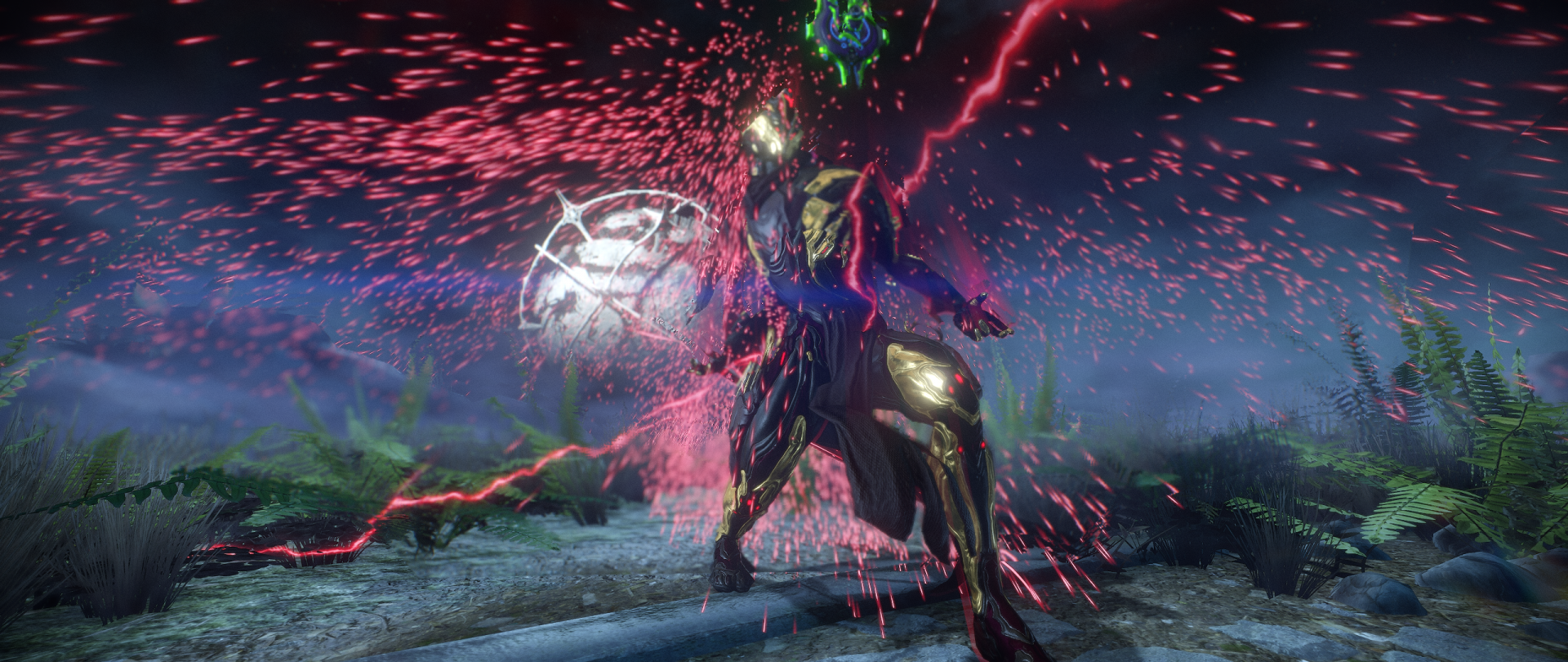
I am Excalibur and you’re gonna hear me roar
Now the different frames won’t really seem like much outside of levelling tools if you don’t utilise their abilities, so you can really see how your playstyle can determine will determine the effectiveness of a certain Warframe. So, adapting and learning how a certain Warframe’s abilities work is something that will very much help you in the long run and you will learn how to effectively use each Warframe and capitalise on their strengths.
Use your mods/take advantage of the deep upgrade system
Something which a lot of newcomers might not appreciate is the mods and upgrade system, but without taking advantage of this system, anything past the early game will become nigh impossible. Most weapons have a total of eight mod slots, with melee weapons being the exception by having an additional slot for stances. Warframes themselves have ten slots (including the Aura and Exilus slots). There are a huge variety of mods, some for specific weapons and others for just weapon types as well as frame-specific mods and general frame mods. This also means that the possibilities for builds is countless, so it is very easy for a new player to be overwhelmed with the possibilities. In saying this, there are a few staple mods that a player should be looking at to make the experience a little smoother. For weapons, look for the damage mods like serration and point blank. For frames, Redirection and Vitality will increase your survivability and some energy/ability focused mods like Flow, Intensify, Streamline and Stretch will increase the lethality and/or usefulness of a frame.
As you go further and further into the midgame and endgame of Warframe, you will eventually hit a progression wall, where enemies will increase in level exponentially and you are static. This is where you really have to rely on your knowledge of the enemies’ weaknesses and resistances, as well as what element combos are needed to create some of the more obscure damage types. For example, cold damage and electric damage create magnetic damage, which is good for ripping off the shields that the Corpus have. It will take a while to find what builds suit what activities, but with some time and effort you’ll be able to curate loadouts for each frame and weapon for a variety of activities and enemy types.
To go alongside this, you have things called Orokin Catalysts, Orokin Reactors (affectionately known as potatoes amongst the community) and Forma. These items are vital to creating endgame builds. The Orokin Catalyst and Reactor serve the same purpose, but one is for weapons and the other is for frames, respectively. Installing a catalyst or reactor will double the mod capacity, meaning you can install mods with a higher capacity requirement which also results in much more powerful builds. To add to this you have Forma and (by extension) polarity. I’ll start with what polarity is. When you are looking at a mod, on the top right of the mod you will see a symbol and a number. The number is the capacity requirement of the mod and the symbol is the polarity. You’ll notice with some frames and weapons that when you go to outfit it with mods there might be slots with a symbol in the top right corner too. If you match the symbol (polarity) of the slot to that of the mod you are installing, you can halve the cost of the mod itself, while reaping the full benefits. Now this is where Forma comes into play, as with creating more and more complex builds, you’ll begin to use more and more costly mods. Using a Forma on a frame or weapon (once it has reached max rank) will allow you to either change the polarity of an already polarised slot or add a new polarity all together, the choice is yours. This is definitely something that you will want to invest in, especially as you start moving to the primed mods (the most powerful version of a select few mods).
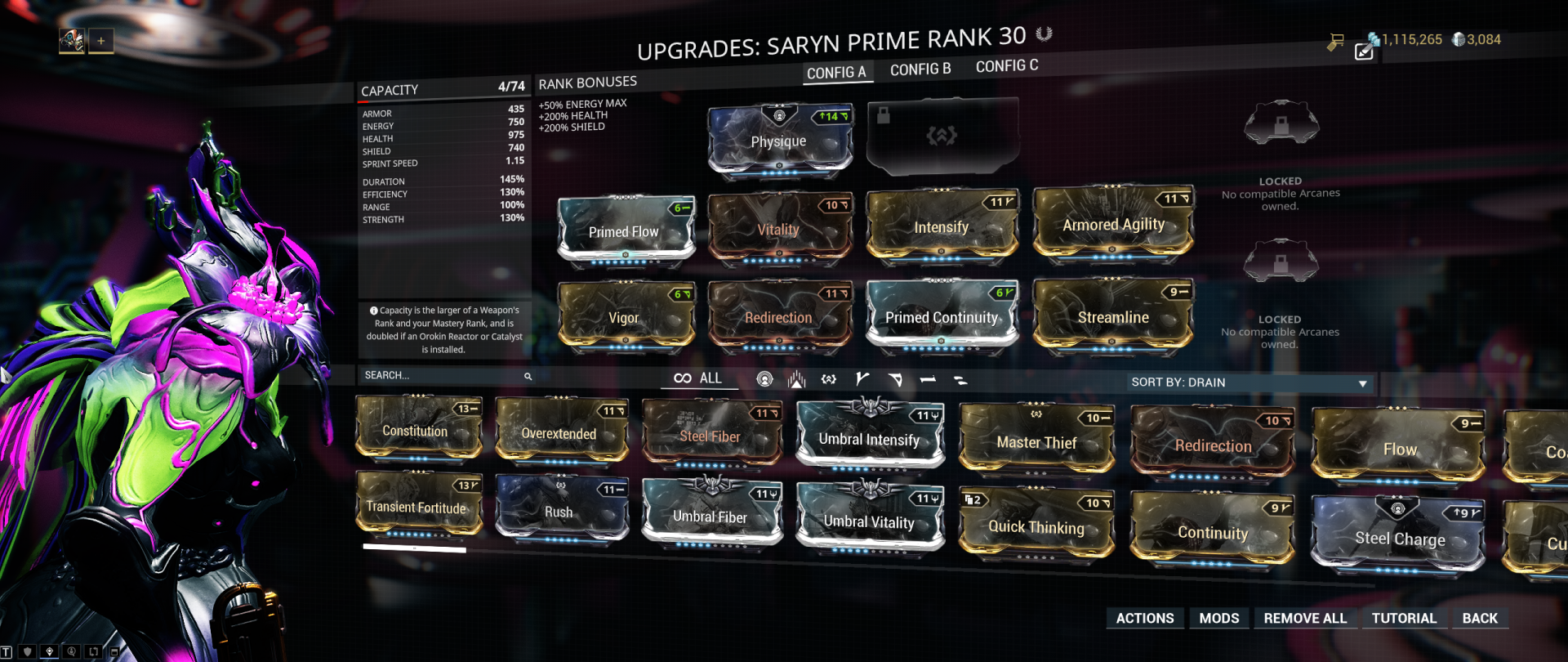
The top two slots are the Aura and Exilus slots, respectively
Without mods the game will become brutally difficult very quickly.
Always be building something, whether it be a weapon or a new frame
Something which the game doesn’t really communicate well is the progression system. In Warframe, each weapon, companion and frame has its own level/rank (starting from 0 and capping out at 30). This rank determines a handful of things including mod capacity, available abilities and the general effectiveness of abilities (these last two only apply to frames). However, one thing which the mastery of each piece of gear does that is a little more obscure is contribute to your overall mastery rank. Your mastery rank dictates how much mod capacity your gear starts off with and what blueprints you can use as well as what weapons you can equip. You’ll want to focus on building a lot of gear because once you have reached rank 30 on a given piece of gear, you can no longer accrue any mastery rank points from it. Early on you’ll struggle to build as much as possible due to a lack of resources, but progressing through the game’s questlines and destinations will generally put you in the right place.
So where can you find the blueprints necessary to build various frames and weapons? Well you will find that a lot of planetary bosses will drop you one of three blueprints for a new frame when you defeat them (Neuroptics, Chassis or Systems). You will need to repeat these bosses until you get all three blueprints and craft the three parts. Once you have done that, if you go to the in-game market you can purchase the main blueprint for the frame. Assuming you build the three parts together, it will take three and a half days to completely build a frame. For most weapons, the process is much easier. Just buy the blueprint from the market and craft it once you have the necessary materials.
Now going overboard with this can result in a lack of available slots, which is fine. There are a few ways to get around this, firstly you can delete completed weapons (but I’d only do this if you did not intend on using the weapon/frame any further), but you also occasionally gain new weapon and frame slots when you reach higher mastery ranks (this is an admittedly small amount). You can grind through prime gear and sell the blueprints for platinum in the player market which will allow you to purchase additional slots, or you can just buy platinum to get additional slots.
Platinum is useful, but not at all necessary
One of the more lucrative points of Warframe is its monetisation. Being a free-to-play game, it’s fairly safe to assume that some of the design incentivises purchasing the game’s premium currency, platinum. Whilst you can dump some money into the game (I do as a ways of supporting Digital Extremes), platinum is nor really essential to anything and the game’s design isn’t majorly impacted by its existence, or lack thereof if you are not interested in sourcing the currency. However, that doesn’t mean it isn’t useful. You can use platinum to buy a variety of things, including weapons and gear that you would normally grind for. Whilst I wouldn’t recommend using it for this purpose, there are always a few exceptions to the rule. Mesa, Atlas and Nidus are Warframes which are tied to an annoying grind, a really bad boss fight and a terrible questline, respectively. Skipping those grinds by purchasing those frames outright wouldn’t go amiss, and purchased frames also come with a potato (Orokin Reactor) pre-installed, so it’s not the worst idea in the world. Whatever you do, do not buy Inaros, Mirage or Limbo. Their blueprints are guaranteed drops from their respective questlines so purchasing the frame is just a waste of platinum.
The only other thing that I’d recommend buying with platinum that isn’t all the cosmetic stuff is the materials for getting a Kavat. A Kavat is Warframe’s version of a cat (much better than a Kubrow, just saying), and getting the materials to create one is a pain. Not even taking into account the materials to create the incubator segment required for a Kavat, you also need to scan Kavats in one of the higher level areas for a chance to receive a Kavat Genetic Code. You need 15 in total and after spending around 30 hours trying to get those, I got two (at which point I just bought the remaining genetics codes). To make matters worse you also need some of these for the Warframe known as Khora.
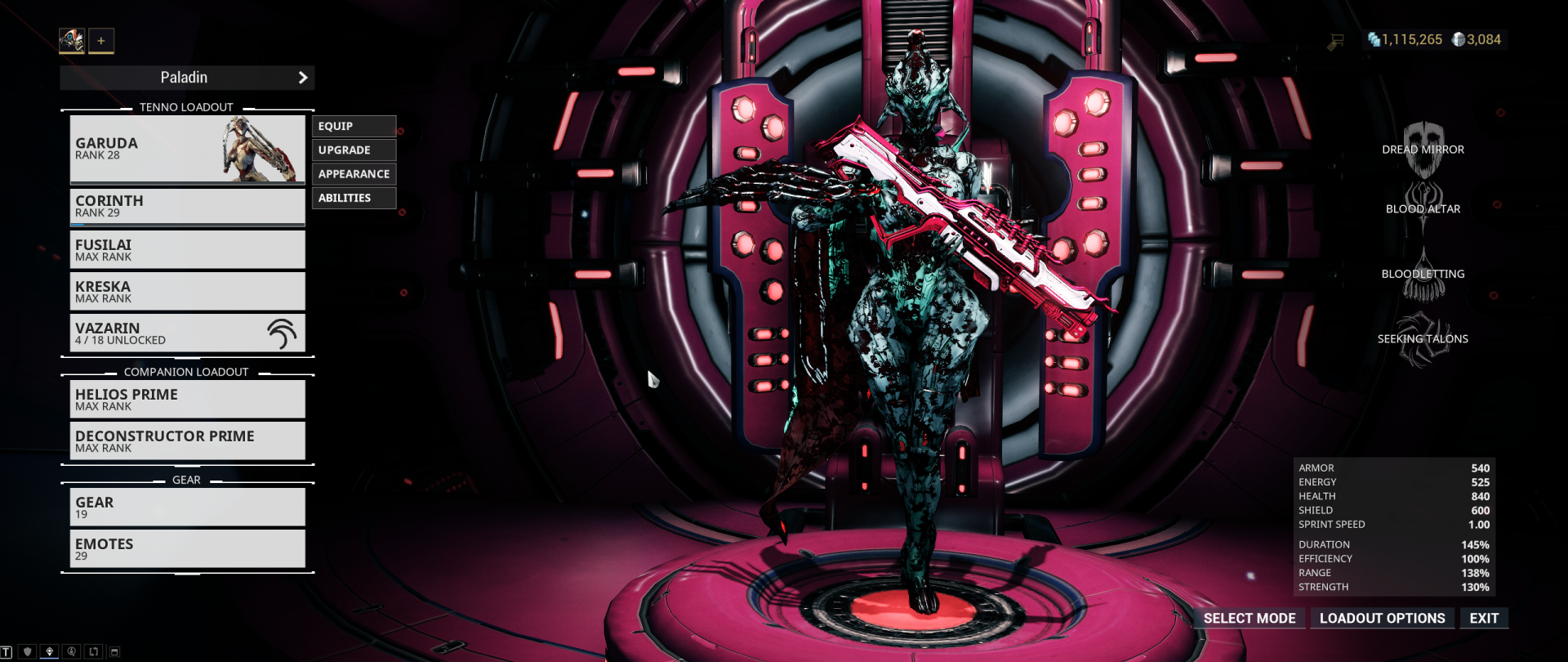
Fashionframe, the true endgame
If you are to get your hands on some platinum, whether it be through prime trading and selling on the player market, or just by purchasing it, I would highly recommend that you purchase the various colour packs (you can get them in bundles for a discounted cost), cosmetic items like deluxe skins and syandannas (capes), and if you’re having a hard enough time with the focus trees, the focus lenses (this is something that will only make sense when you get to it, as explaining it here is a huge spoiler). If you also find yourself stuck in terms of power progression or build flexibility and don’t have the blueprints or materials for creating forma or the potatoes (Orokin Reactors and Catalysts), you can always buy these items and they’ll be incredibly helpful. Truth be told, it’s what I do.
With all of this in mind, Warframe is still a free-to-play game at heart. In fact, it practically sets the standard on what a free-to-play game should be (if not what a game in general should be), but there will be some design that serves as a reminder of its price of entry (or lack thereof). It is an incredibly grindy but rewarding game that understands what is important in terms of game design and player engagement.
Jordan lives and breathes Dark Souls, even though his favourite game is Bloodborne. He takes pride in bashing his face on walls and praising the sun. Hailing from the land of tacos, he is the token minority for WellPlayed.




